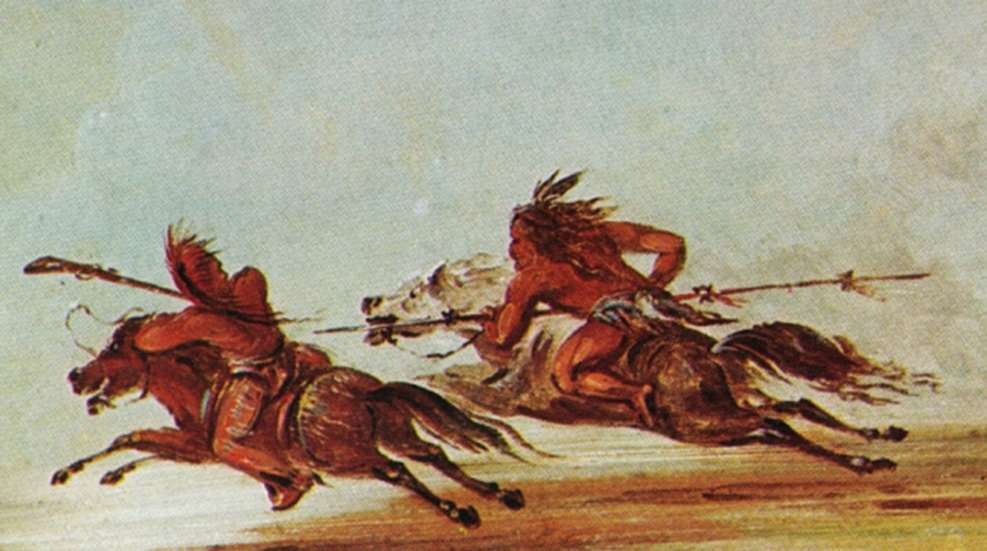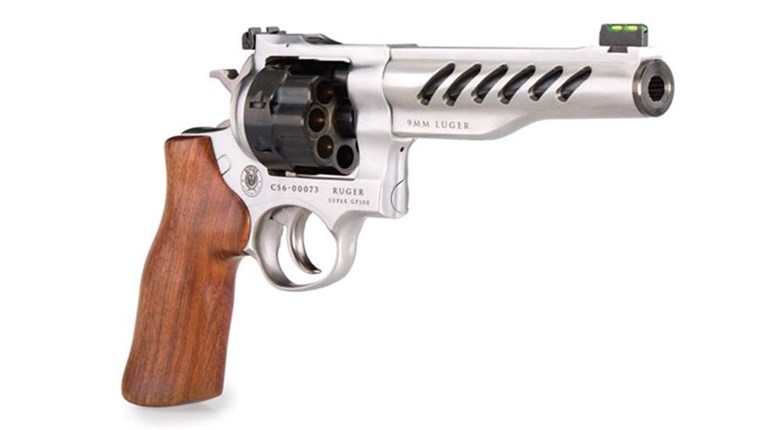
Think you’re pretty tough? Tough enough to have lived as an 18th Century Eastern-Woodlands Indian warrior? The Native Americans of the 1700s were not supermen, but most were extremely skilled in wilderness survival, hunting, tracking and warfare. Their lifestyle demanded it, and boys were trained toward that end from an early age.
The various Eastern-Woodlands Indian tribes of North America lived east of the Mississippi from Canada to the Gulf of Mexico and had similar cultures and lifestyles. Included in that regional grouping were dozens of major tribes and many lesser divisions. Most scratched out a living as hunter-gatherers, raising some crops, as well.
All the tribes were familiar with wilderness warfare, as they had been fighting one another for centuries. It wasn’t until Europeans arrived on the eastern shores of America that the Indians finally tried putting their differences behind them and uniting to fight the white man; yet even then old hatreds ran deep.
Indian boys were trained for warfare by their fathers or another male relative such as an uncle or grandfather. As toddlers they went naked around the village, at least during warmer months, gradually growing used to rain and cold. As they grew a little older, boys graduated to wearing a breechcloth, were given their first bow and arrows, and encouraged to go hunting around the outskirts of the village for rabbits, birds and other small game. Whatever they killed went into the family cook pot, and they were praised for their achievements. Good hunters made good warriors.
When the boy became a teenager his hunting lessons and tutoring grew more serious. In late summer, for instance, when the water in the streams was still warm, he would be told by a mentor that each morning after he awoke he must immediately run to the nearest stream and jump in, submersing his entire body. And he was to do this every morning thereafter, without being reminded, until his mentor told him to stop.
As can be imagined, an early-morning dip during the heat of late summer would be refreshing, but as summer turned to autumn each succeeding day grew chillier and the stream colder. By November or December in the north country, the young warrior would be breaking ice to take his daily dip. And there were mornings when his mentor would show up and tell him he was not come out of the water until told to do so.
The old man might then sit on the bank and casually smoke his clay pipe, seemingly ignoring the shivering youngster in the stream a few feet away. The idea of this painful ritual was to first build self-discipline, then endurance.
By the time a youth reached his mid-teens he might be allowed to accompany a war party for the first time. But he was not yet expected to fight, only to do camp chores and literally “hold the horses” when the real warriors went off on an attack. If there were no horses available for a particular raid and the Indians needed to cover ground quickly, they could trot along the wilderness trails for hours and any younger members were expected to keep up. If the boys passed all of these tests and more, most became full-fledged warriors by their late teens.
As already mentioned, Indian boys in the late 1700s were skilled with bows and arrows, but they looked forward to the day when they’d be deemed old enough to receive their first firearm. Rick Kindig, along with his brother Dan, owns and operates the Log Cabin Shop (www.logcabinshop.com) near Lodi, Ohio, a gun store and museum specializing in all aspects of muzzleloading firearms, both modern and traditional.
“Most Eastern-Woodlands Indians carried trade guns,” said Kindig. “The firearm got its name from the fact that the Indians obtained these guns by trading furs with white traders, both English and French.”
Kindig went on to say that trade guns were flintlock muzzleloading long guns, but not rifles; rather, they were smoothbores. The advantage of a smoothbore as opposed to a rifle is that it could be loaded with shot for small game, or loaded with a single round ball for large game. And during combat, a trade gun might be loaded with buckshot first and a round ball on top of that, a tactic known as shooting “buck and ball.”
The disadvantage of a trade gun over a true muzzleloading rifle is that its effective range was only about 50 yards. A muzzleloading rifle, in the hands of an experienced frontiersman or Indian, was deadly at twice that range or even farther.
“Trade guns usually ranged anywhere from .54 to .62 caliber,” said Kindig. “And during the last 15 to 20 years they have experienced a resurgence in popularity with modern-day muzzleloader hunters, target shooters and re-enactors.”
In addition to a trade gun for weaponry, Eastern-Woodlands warriors carried a tomahawk or war club in their belt, sometimes both. A short scalping knife in a scabbard usually hung in the middle of their chest, suspended from a leather loop around the neck. A second, larger knife was held in a scabbard on the belt.
Most Indians fought wearing only a loincloth and moccasins, giving rise to the (now very much shunned) term “naked savages” as coined by whites. They also smeared their body with bear grease, making it difficult for an enemy to grab hold of them in hand-to-hand combat. In addition, the bear grease deterred biting insects. To toughen themselves for combat, some warriors even went so far as to regularly scrape their arms and legs with the jaw bone of a small animal (such as a raccoon, sharp teeth included) to toughen the skin, deadening the sensation of briars and thorns when they ran through thickets.
Not many Indian women fought alongside the warriors, but there were a rare few. One of the more well-known was Non-hel-e-ma, a large Shawnee woman who stood six and a half feet tall and was well proportioned. She could fight with the ferocity of any warrior, and was known to the whites as the "Grenadier Squaw."
Indian warfare was mainly a hit-and-run style, typical of a guerilla force. When European armies first arrived in North America and lined up shoulder-to-shoulder in the open to wage war, the Indians couldn’t believe their eyes. Hiding behind rocks and trees, they shot the soldiers down like so many deer and turkeys. It wasn’t until white armies began forming ranger companies and fighting like Indians that the tide began to turn.
The older, wiser chiefs began realizing what was happening before the younger men, urging peace with the white man. They knew it had now become a war of attrition, and that the Indians could not maintain their numbers against such a vast white population. Diseases introduced by Europeans also took their toll, with some tribes' populations reduced by as much as 80 to 90 percent.
Within about 100 years, from roughly 1750 to 1850, all the Eastern-Woodlands Indian tribes, or what was left of them, had been forced west of the Mississippi onto reservations. Within the next 50 years, from 1850 to 1900, all the western tribes of Native Americans would be subdued, as well.






































